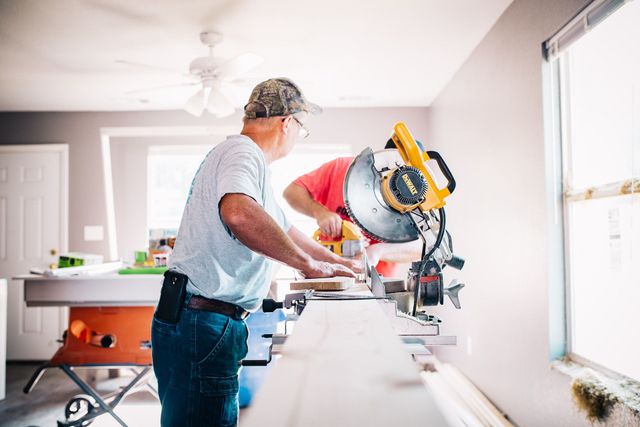Undertaking a home improvement project is an exciting endeavor that can enhance the comfort, functionality, and value of your home. However, financing these projects can be a homeimprovementgate significant consideration for many homeowners. In this article, we’ll explore various home improvement financing options available to help you bring your renovation dreams to life.
Understanding Home Improvement Financing
What is Home Improvement Financing?
Home improvement financing refers to the various methods homeowners can use to fund their renovation, remodeling, or repair projects. These financing options provide the necessary funds to cover the costs of materials, labor, and other expenses associated with home improvements.
Types of Home Improvement Financing
There are several types of home improvement financing options available:
- Home Equity Loans: Home equity loans allow homeowners to borrow against the equity in their homes, typically offering fixed interest rates and predictable monthly payments.
- Home Equity Lines of Credit (HELOCs): HELOCs are similar to home equity loans but function more like a credit card with a revolving line of credit. Borrowers can withdraw funds as needed, up to a predetermined limit.
- Personal Loans: Personal loans are unsecured loans that can be used for various purposes, including home improvement projects. They offer flexibility in terms of loan amounts and repayment terms.
- Cash-Out Refinance: With a cash-out refinance, homeowners refinance their mortgage for more than they owe and pocket the difference in cash. This option allows homeowners to tap into their home’s equity to fund home improvements.
- Government Loans: Government-backed loans, such as FHA 203(k) loans and VA renovation loans, offer financing specifically for home improvement projects. These loans often have favorable terms and are accessible to a wide range of borrowers.
How Does Home Improvement Financing Work?
Application Process
To obtain home improvement financing, homeowners typically follow these steps:
- Research and Compare: Research different financing options and compare interest rates, terms, and eligibility requirements.
- Prequalification: Get prequalified with lenders to see what financing options you qualify for based on your credit score, income, and other factors.
- Application: Submit a formal application to the chosen lender, providing necessary documentation and information about your project.
- Approval and Funding: If approved, the lender disburses the funds, which you can then use to finance your home improvement project.
Benefits of Home Improvement Financing
Flexibility
Home improvement financing offers flexibility in terms of loan amounts, repayment terms, and project scope, allowing homeowners to tailor the financing to their specific needs.
Enhancing Home Value
By investing in home improvements, homeowners can increase the value of their homes, potentially leading to a higher resale value and return on investment.
Access to Funds
Home improvement financing provides homeowners with access to the funds they need to complete their projects, even if they don’t have cash on hand.
Conclusion: Making Your Home Improvement Dreams a Reality
In conclusion, home improvement financing offers homeowners a range of options to fund their renovation projects. By understanding the various financing options available and choosing the one that best fits their needs and financial situation, homeowners can turn their renovation dreams into reality.

